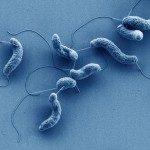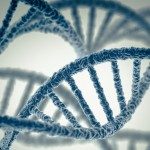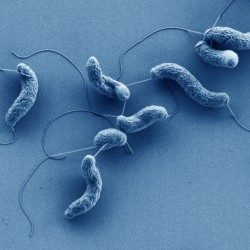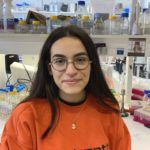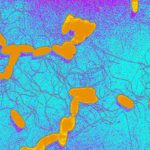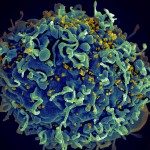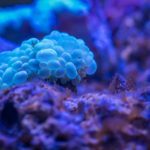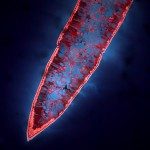Au laboratoire, nous nous intéressons aux mécanismes de survie des bactéries dans des environnements hostiles contenant des concentrations d’antibiotiques non létales.
L’émergence de la résistance aux antibiotiques est de plus en plus associée à de faibles concentrations d’antibiotiques dans l’environnement aquatique, comme les lacs et les rivières à proximité des hôpitaux et des industries pharmaceutiques dans certains pays, et dans les fermes aquacoles, où les antibiotiques sont régulièrement utilisés. Ces milieux hébergent diverses bactéries (dont les Vibrios). De faibles concentrations d’antibiotiques peuvent également être trouvées dans différents compartiments de l’organisme lors d’un traitement antibiotique : par exemple, dans les poumons où ils diffusent à des vitesses différentes, ou dans les urines à la fin du traitement antibiotique.
La recherche sur la résistance aux antibiotiques se concentre généralement sur le mécanisme de résistance à des doses élevées d’antibiotiques qui tuent les cellules bactériennes. Parce que nous étudions les effets de faibles doses d’antibiotiques, nous pouvons identifier de nouvelles cibles impliquées dans le développement de la résistance aux antibiotiques. Un nouveau facteur de tolérance aux antibiotiques que nous avons récemment identifié concerne les modifications de l’ARN.
Les molécules d’ARN constituent la matrice pour la production des protéines, donc les modifications d’ARN ont un impact sur la production de protéines bactériennes. Les protéines sont les éléments constitutifs des cellules et permettent aux bactéries de survivre.
La présence ou l’absence de certaines modifications de l’ARN confère non pas une résistance, mais une tolérance accrue ou réduite aux antibiotiques, ce qui peut entraîner un échec du traitement et le développement d’une résistance aux antibiotiques. Notre projet aborde la résistance antimicrobienne, sous le prisme de la « résistance observable », moins bien étudiée, où des populations de bactéries commencent à tolérer les antibiotiques et deviennent résistantes, sans la présence de déterminants génétiques de résistance connus dans leurs chromosomes.
La diversité des modifications de l’ARN, leur influence spécifique sur les traits et comportements bactériens et la possibilité qu’elles soient adaptées aux conditions de croissance des bactéries en font désormais un domaine d’étude prometteur.
Sur cette base, on peut également envisager d’appliquer les associations identifiées entre les modifications de l’ARN et les phénotypes de résistance aux antibiotiques, pour l’analyse des collections bactériennes disponibles avec des séquences génomiques et des profils de résistance établis, pour lesquels la résistance aux antibiotiques observée n’est pas toujours corrélée avec des facteurs de résistance connus.

